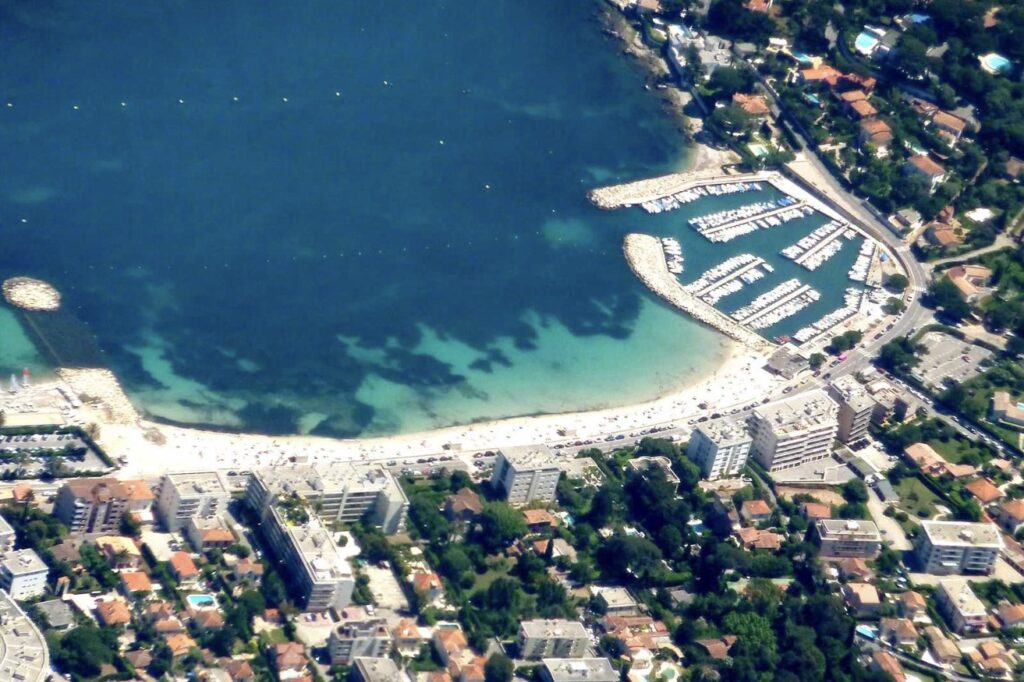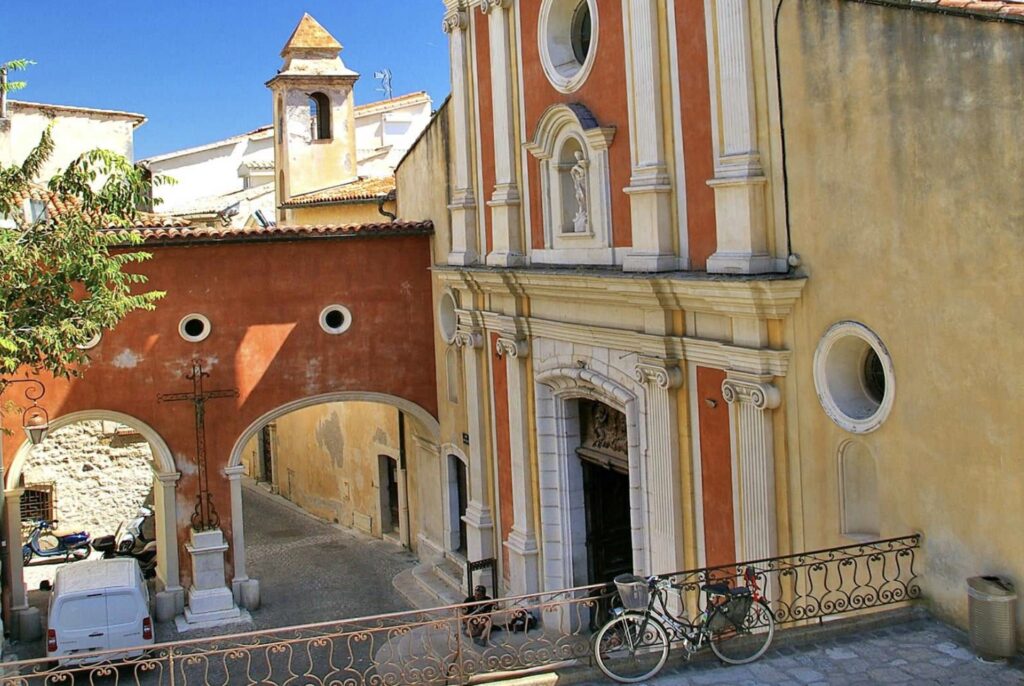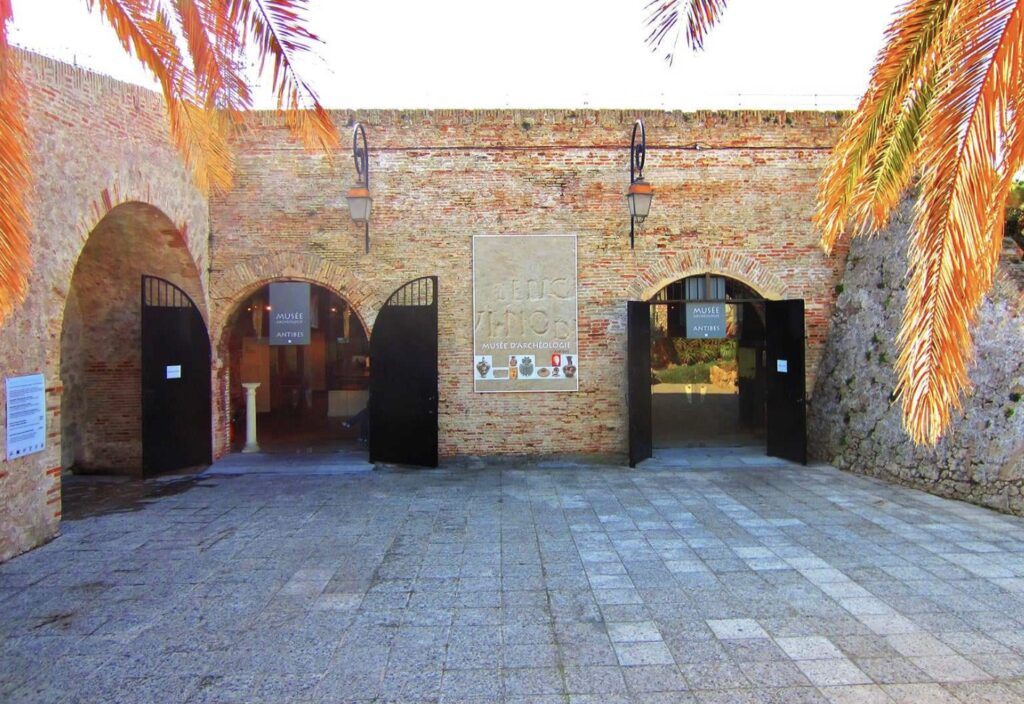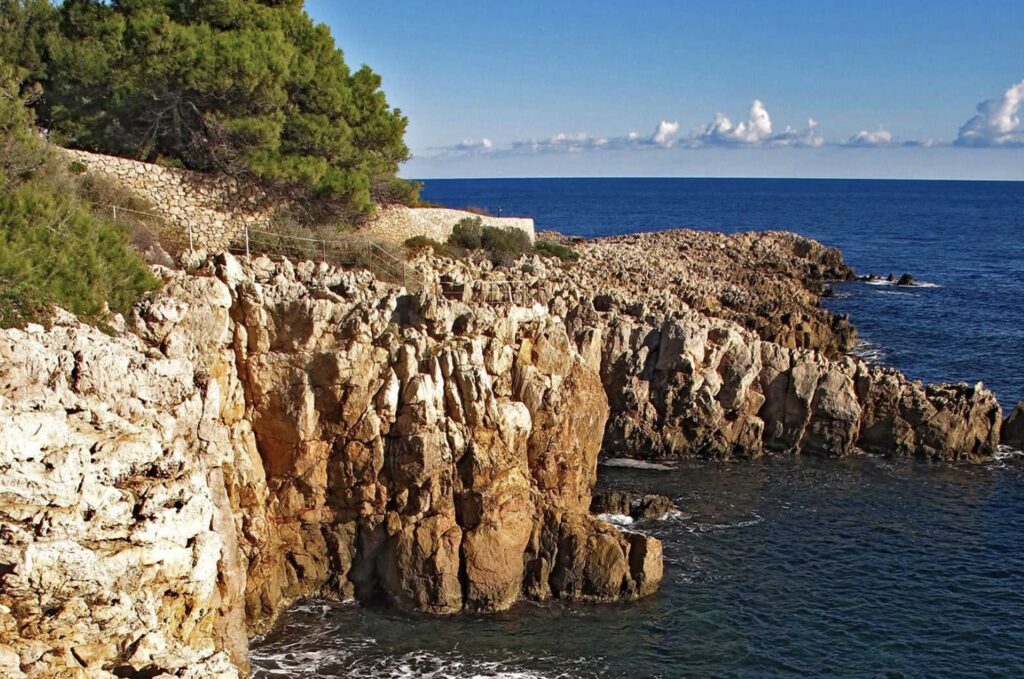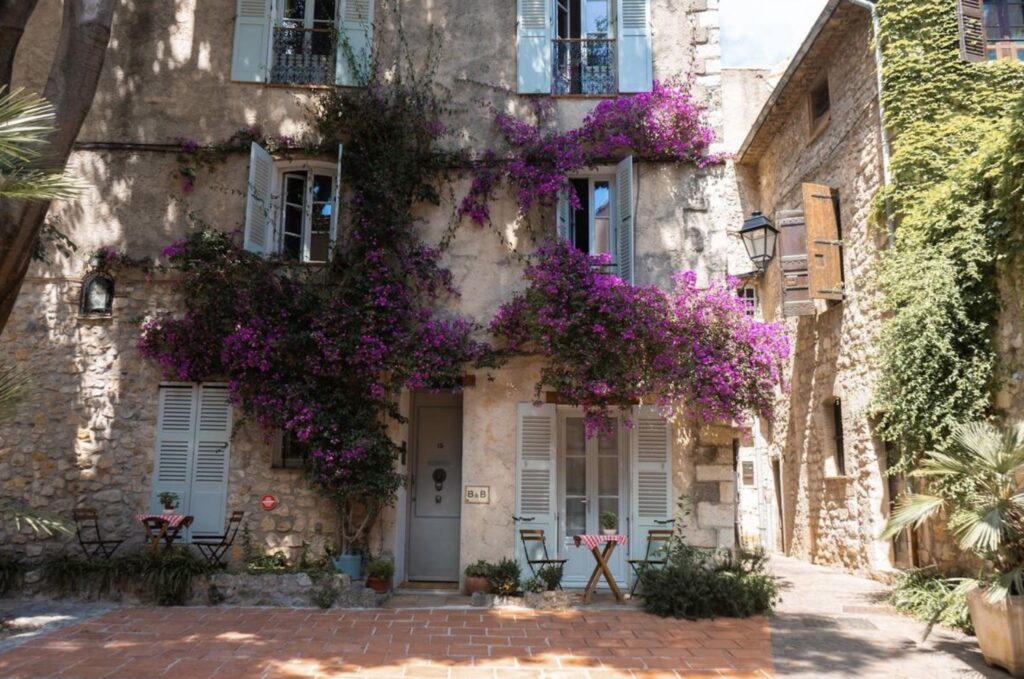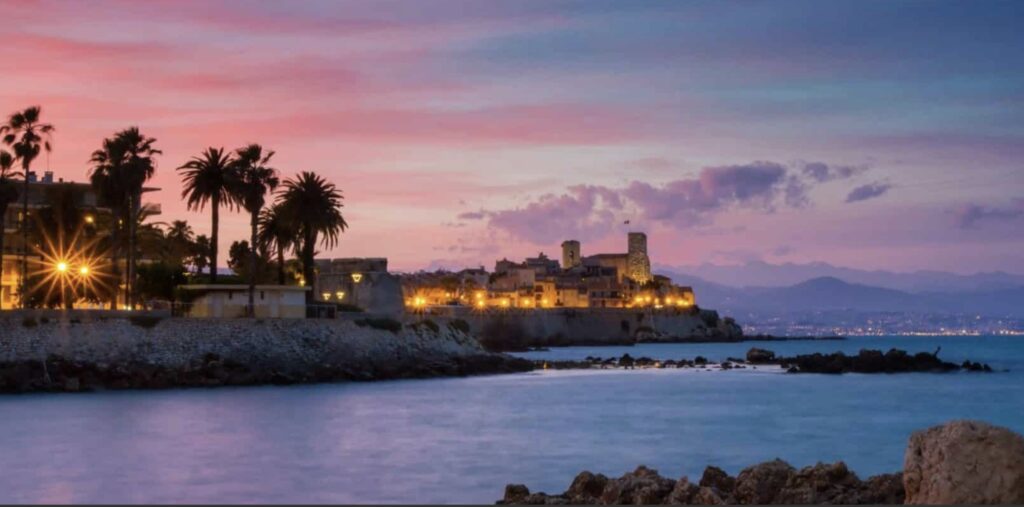ChatGPT:
Antibes is a charming coastal town on the French Riviera, renowned for its historic old town, vibrant cultural scene, and beautiful Mediterranean beaches. Nestled between Nice and Cannes, Antibes offers a more laid-back ambiance compared to its glamorous neighbors. The town is encircled by 16th-century ramparts that open up to stunning sea views and sandy shores.
One of the most iconic features of Antibes is its luxurious yacht harbor, Port Vauban, which is one of the largest in Europe and often hosts some of the world’s most impressive superyachts. The old town, or Vieil Antibes, is a delightful maze of narrow cobblestone streets, bustling markets, and quaint cafés. The Marché Provençal offers a range of local products from flowers and fruits to artisanal crafts.
Culturally, Antibes is home to the Picasso Museum, located in the Château Grimaldi where the famous artist lived for a time. The museum displays an extensive collection of Picasso’s paintings, ceramics, and prints. Nearby, the Cap d’Antibes is a lush peninsula ideal for walking and enjoying panoramic sea views. The area also includes the famous Hotel du Cap-Eden-Roc, a favorite spot for celebrities, especially during the Cannes Film Festival.
Antibes has a rich and layered history that dates back to antiquity. Originally named Antipolis, meaning “the city across,” it was founded by the Greeks in the 5th century BCE as a trading post. Its strategic location along the Mediterranean made it an important port, facilitating trade between various civilizations including the Etruscans, Celts, and Greeks.
With the fall of the Greek Empire, Antibes came under Roman rule, during which it continued to flourish due to its status as a major port on the trading route. The town benefited from Roman infrastructure and urban planning, which included the construction of roads and fortifications.
In the Middle Ages, Antibes was a target for various invaders, including the Saracens and Barbarians, leading to a period of instability and decline. It wasn’t until the town came under the protection of the powerful Grimaldi family in the 14th century that it regained stability. The Grimaldis, rulers of Monaco, fortified the town, which included the construction of the star-shaped Fort Carré in the 16th century, significantly enhancing its defenses.
During the Renaissance and subsequent centuries, Antibes became part of the Kingdom of France, and the town’s fortifications were further reinforced by the French military engineer Vauban under the reign of Louis XIV. These fortifications helped safeguard Antibes from various military campaigns, including those during the Wars of Religion and later conflicts.
In the 19th and early 20th centuries, Antibes transformed into a popular tourist destination, especially among the British aristocracy and later the international jet set. The construction of the luxurious Hotel du Cap-Eden-Roc in 1870 marked Antibes as a hotspot for the wealthy, attracting artists, writers, and celebrities. The town’s scenic beauty and mild climate made it a favorite retreat and source of inspiration.
Pablo Picasso’s stay in Antibes after World War II brought a renewed cultural significance to the town. He worked in the Château Grimaldi and left a substantial number of his works to the municipality, leading to the establishment of the Picasso Museum.
Today, Antibes balances its historical heritage with its role as a modern tourist destination, boasting one of the largest marinas in Europe, a vibrant cultural scene, and a preserved old town that reflects its rich history. The combination of historical sites, art, and Mediterranean charm continues to draw visitors and residents alike.
Here’s a list of key tourist attractions and walking trails around the area:
Tourist Attractions
- Picasso Museum – Housed in the Château Grimaldi, this museum features a vast collection of Picasso’s paintings, ceramics, and prints, created during his time in Antibes.
- Fort Carré – A 16th-century fortress with panoramic views of the surrounding area. It played a key role in the military history of the region.
- Marché Provençal – Located in the old town, this daily market offers fresh local produce, spices, and handicrafts, encapsulating the vibrant local culture.
- Port Vauban – Europe’s largest yacht harbor, where visitors can admire luxury yachts and traditional fishing boats.
- Absinthe Museum – Dedicated to the history of this infamous spirit, offering tastings and educational tours.
- Nomade, by Jaume Plensa – A striking, large-scale sculpture overlooking the Mediterranean at Bastion Saint-Jaume, part of the coastal walk.
- Archaeology Museum – Situated in the Bastion Saint-André, this museum displays artifacts from Antibes’ Greek and Roman history.
Beaches
- Plage de la Gravette – A picturesque sandy beach nestled beneath the old town walls.
- Plage de Salis – A family-friendly beach with clear waters and views of the Alps.
Walking Trails
- Cap d’Antibes Trail – A popular coastal path that wraps around the Cap d’Antibes peninsula, offering stunning sea views, lush vegetation, and glimpses of luxury villas.
- Sentier du Littoral – This trail runs along the coast and is perfect for experiencing the natural beauty of the Côte d’Azur, with its rocky inlets and Mediterranean flora.
- Le Chemin des Douaniers – Extends from Plage de la Garoupe to the southern tip of Cap d’Antibes, featuring historic sites and spectacular seaside views.
These attractions and trails provide a well-rounded experience of Antibes, blending cultural heritage with natural beauty. Whether exploring the old town’s narrow streets, visiting museums, or hiking along the scenic coastline, Antibes offers something for every visitor.
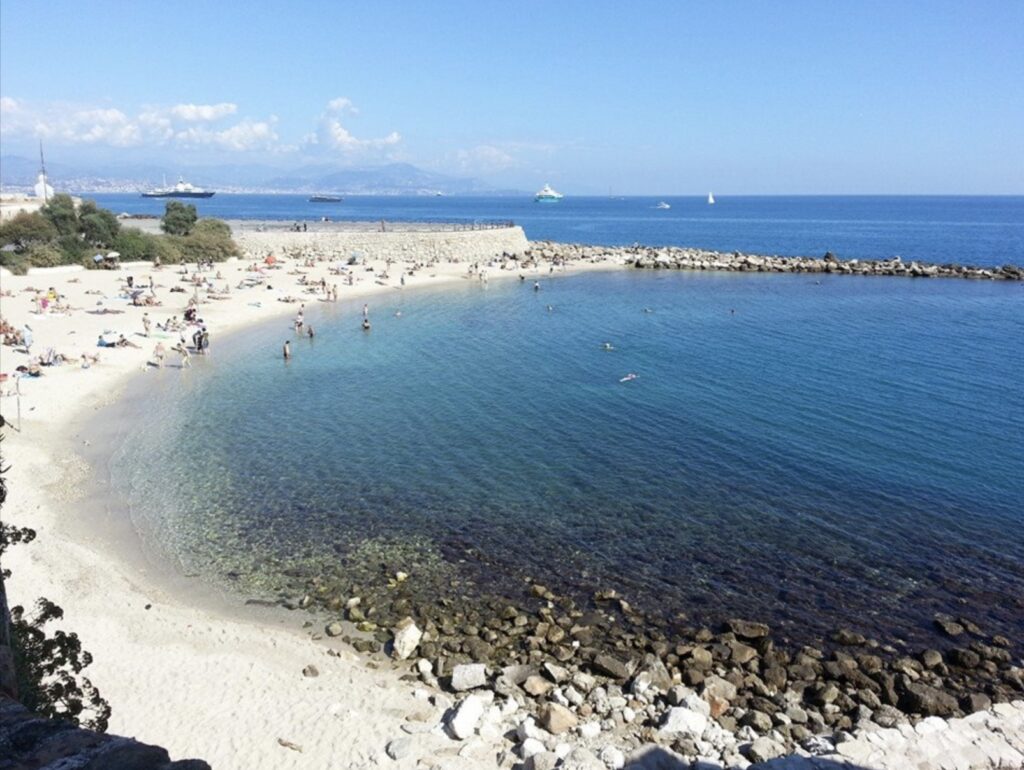
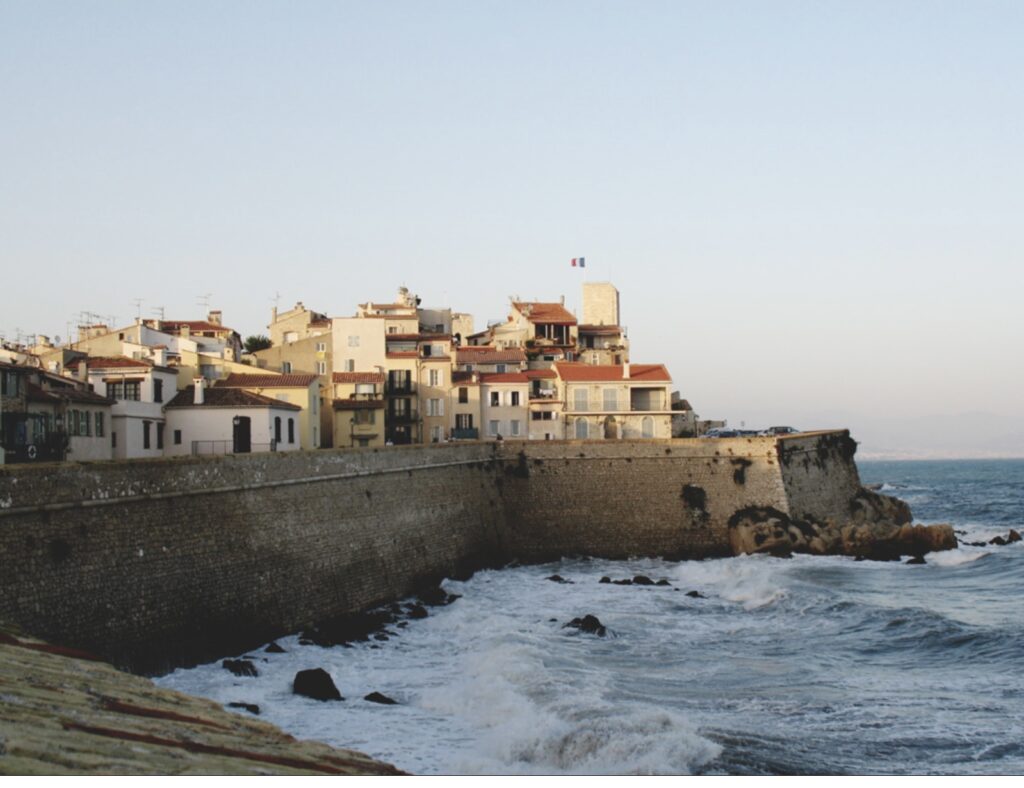
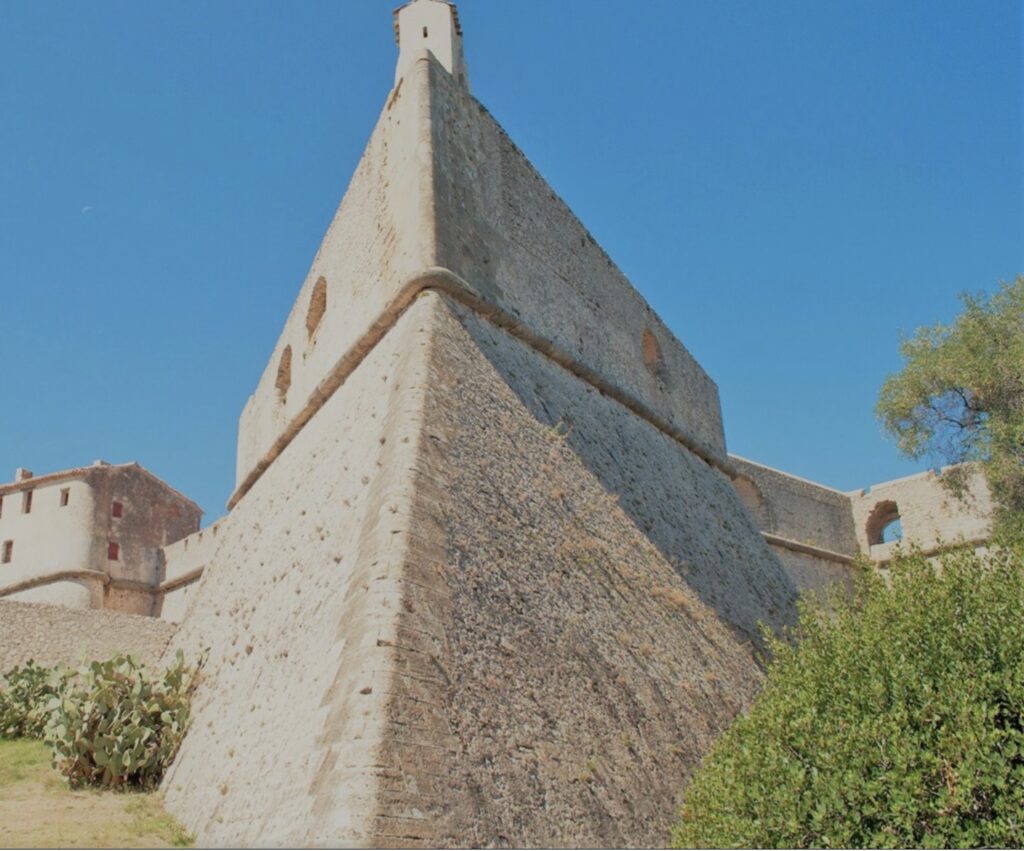
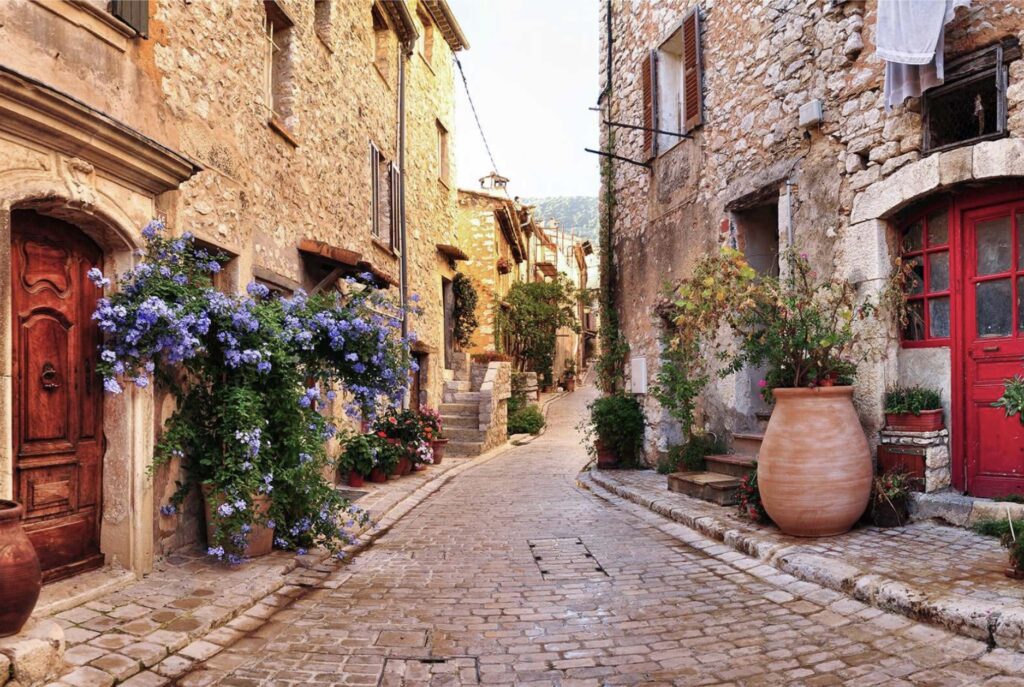
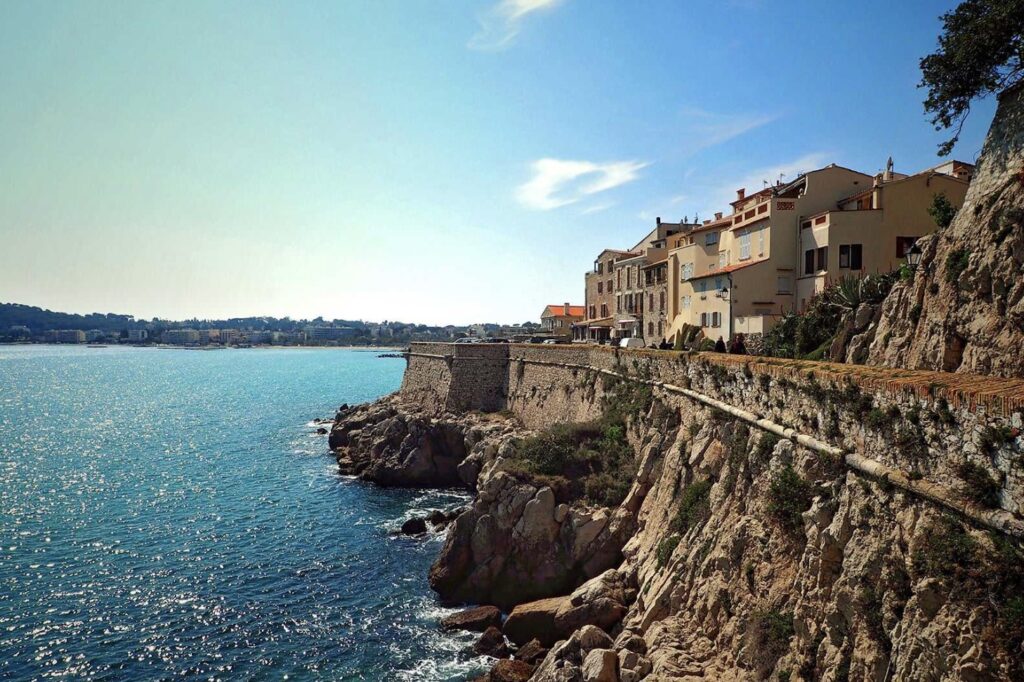
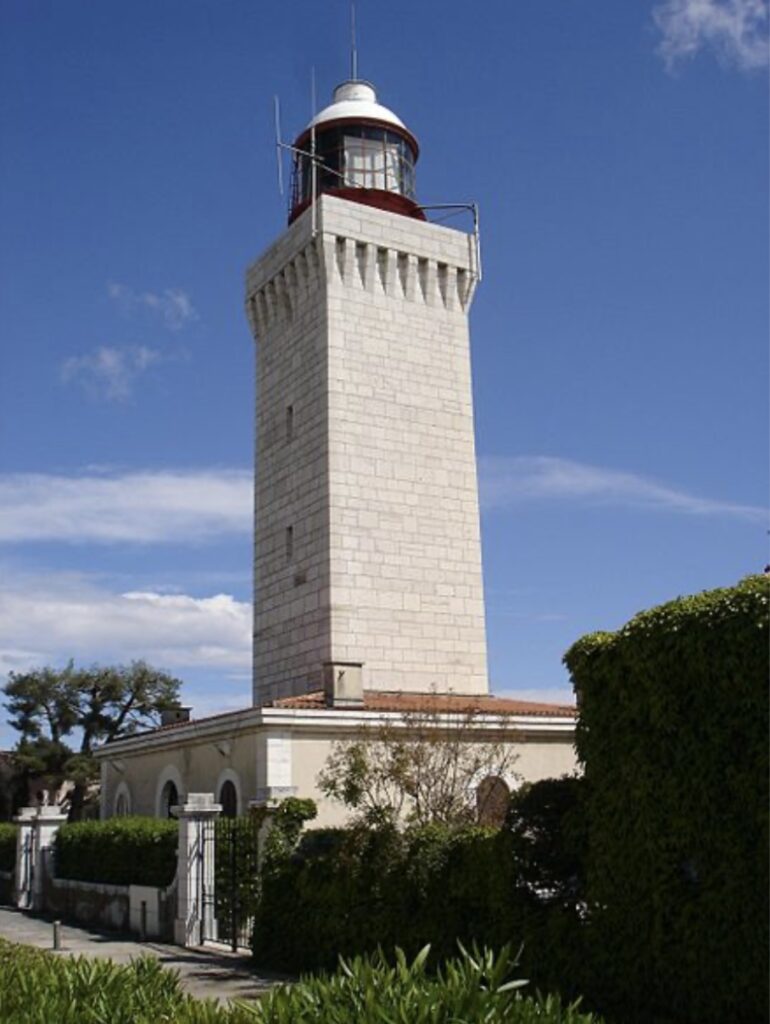
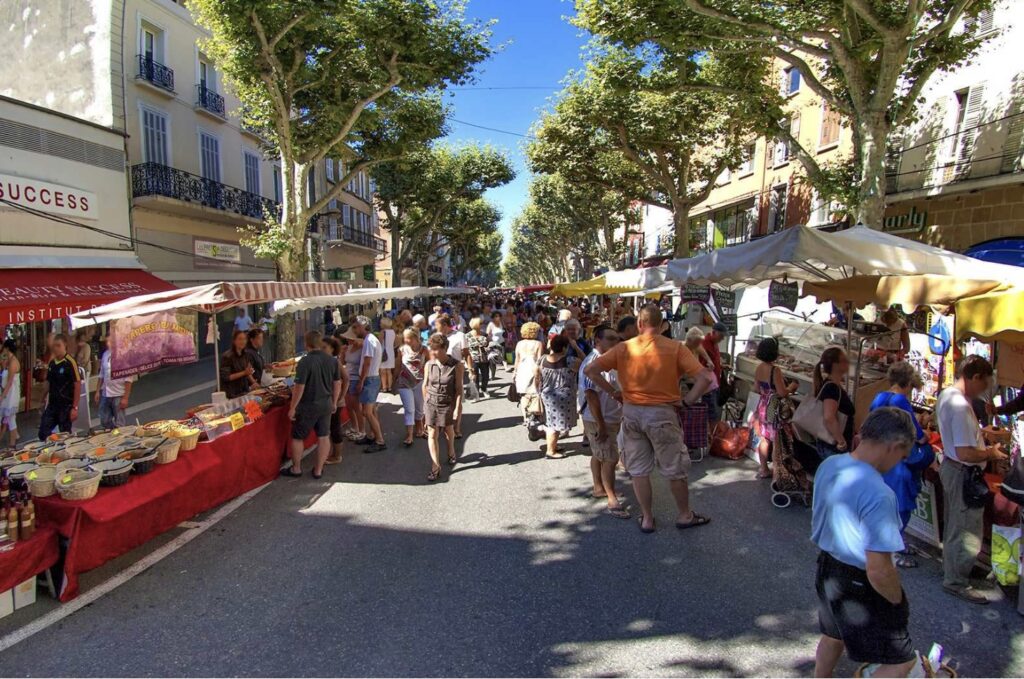
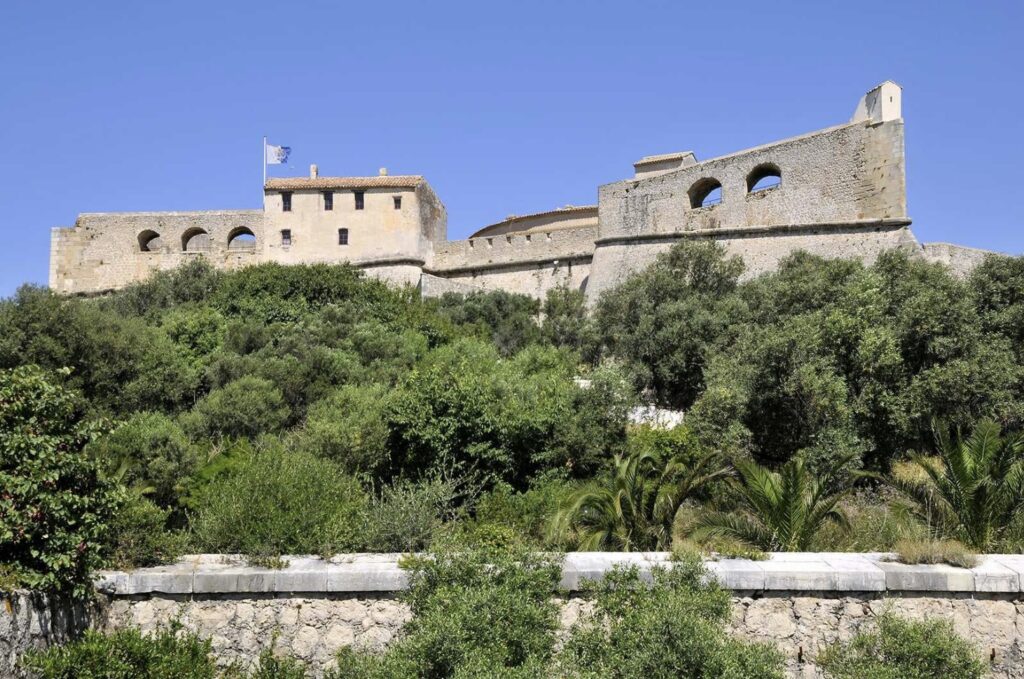
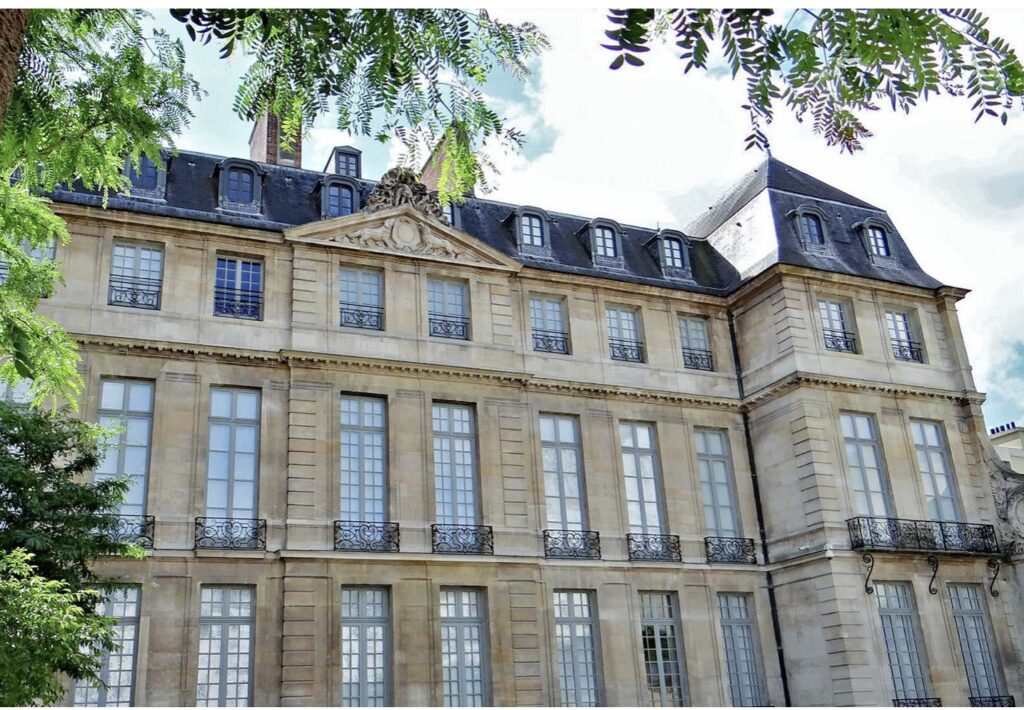
Antibes is a culinary haven with a variety of local specialties and dining experiences that reflect its Mediterranean setting. Here are some culinary delights and typical dishes you might enjoy while visiting Antibes:
Local Specialties
- Bouillabaisse – This traditional Provençal fish stew, made with at least three types of fresh fish and flavored with saffron, orange zest, and fennel, is a must-try for seafood lovers.
- Ratatouille – A famous dish from the region, made with stewed vegetables like tomatoes, eggplant, zucchini, and bell peppers, often seasoned with herbes de Provence.
- Salade Niçoise – Originally from nearby Nice, this salad typically includes tuna, hard-boiled eggs, Niçoise olives, anchovies, and a variety of fresh vegetables.
- Socca – A type of thin, unleavened pancake made from chickpea flour and olive oil, often eaten as a snack or appetizer.
- Tapenade – A pungent spread made from olives, capers, anchovies, and olive oil, perfect for spreading on crusty bread.
Desserts
- Tarte Tropézienne – A dessert originating from the region, it’s a brioche filled with a creamy mixture of two types of custard.
- Fougasse – A type of Provençal bread that’s often flavored with olives, cheese, or anchovies.
Beverages
- Rosé Wine – The Côte d’Azur is known for its rosé wine, which is typically crisp, dry, and perfect for sipping on a sunny day.
- Pastis – A popular anise-flavored spirit that is typically diluted with water before drinking, often enjoyed as an aperitif.
Dining Experiences
- Marché Provençal – Located in the old town, this market is not only a place to buy fresh produce but also offers a variety of local foods ready to eat. It’s a great place to try small portions of different local dishes.
- Beachfront Dining – Many restaurants along the coast offer seafood menus where you can dine with views of the Mediterranean.
- Michelin-Starred Restaurants – For a more upscale dining experience, Antibes is home to several Michelin-starred restaurants that showcase the best of French and Mediterranean cuisine.
These culinary experiences in Antibes allow visitors to indulge in the flavors of the Mediterranean while enjoying the region’s relaxed, sun-soaked ambiance.
For a delightful day trip in Antibes, here’s an itinerary that balances cultural exploration, scenic views, and leisurely relaxation, ensuring you make the most of your time in this charming Riviera town.
Morning
- Start at the Old Town (Vieil Antibes)
- Begin your day exploring the narrow, winding streets of the Old Town. Enjoy the colorful market at Marché Provençal, where you can taste local specialties like socca or buy fresh produce. The market usually opens early but closes around 1 pm, so it’s perfect for a morning visit.
- Visit the Picasso Museum to admire works by the legendary artist and learn about his time in Antibes.
- Coffee Break
- Take a coffee break at one of the charming cafés in the old town. This is also a great opportunity to try some French pastries.
Midday
- Fort Carré
- Walk or take a short drive to Fort Carré, a 16th-century fortress with panoramic views of the Port Vauban and the Mediterranean. The walk around the fort provides a historical perspective and stunning scenery.
- Lunch
- Enjoy lunch at a seafront restaurant where you can try local dishes like bouillabaisse or salade Niçoise, paired with a glass of local rosé wine.
Afternoon
- Cap d’Antibes and Sentier du Littoral
- After lunch, head to Cap d’Antibes for a scenic walk along the Sentier du Littoral. This coastal path offers breathtaking views of the Mediterranean and leads you past beautiful villas and lush vegetation.
- Plage de la Garoupe
- Spend some time relaxing at Plage de la Garoupe, a beautiful sandy beach known for its clear waters and tranquility. It’s a great spot to unwind and soak in the sun.
Evening
- Dinner in the Old Town
- Return to the Old Town for dinner. Choose a restaurant that offers outdoor seating to enjoy the vibrant evening atmosphere of Antibes. This is a great time to savor seafood dishes or try Provençal specialties in a picturesque setting.
- Nighttime Stroll and Ice Cream
- After dinner, enjoy a leisurely stroll through the Old Town’s illuminated streets. Top off your day with some artisanal ice cream from a local gelateria.
This itinerary offers a full day of experiences in Antibes, showcasing its historical sites, natural beauty, and culinary delights.
